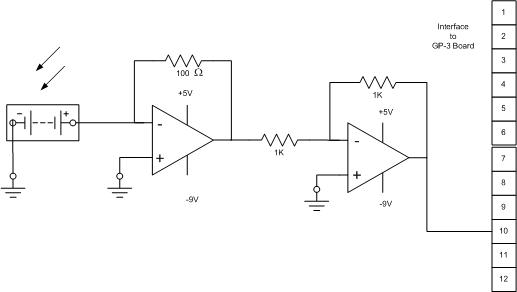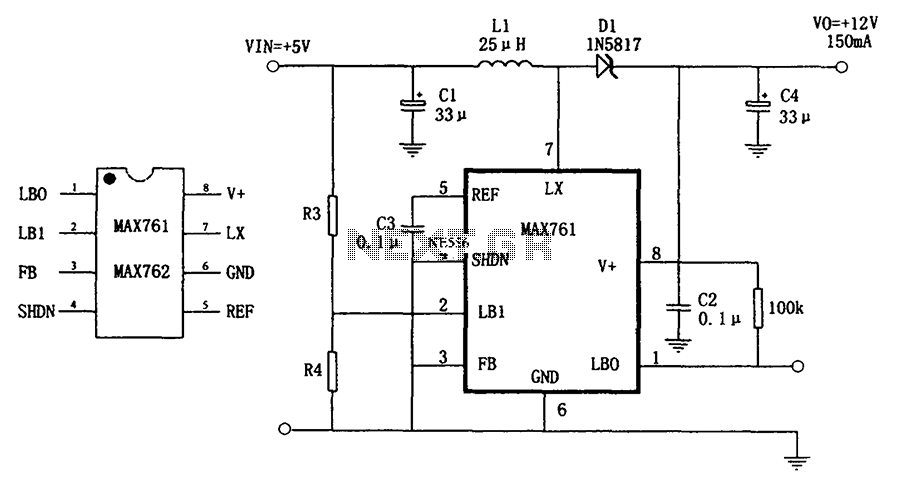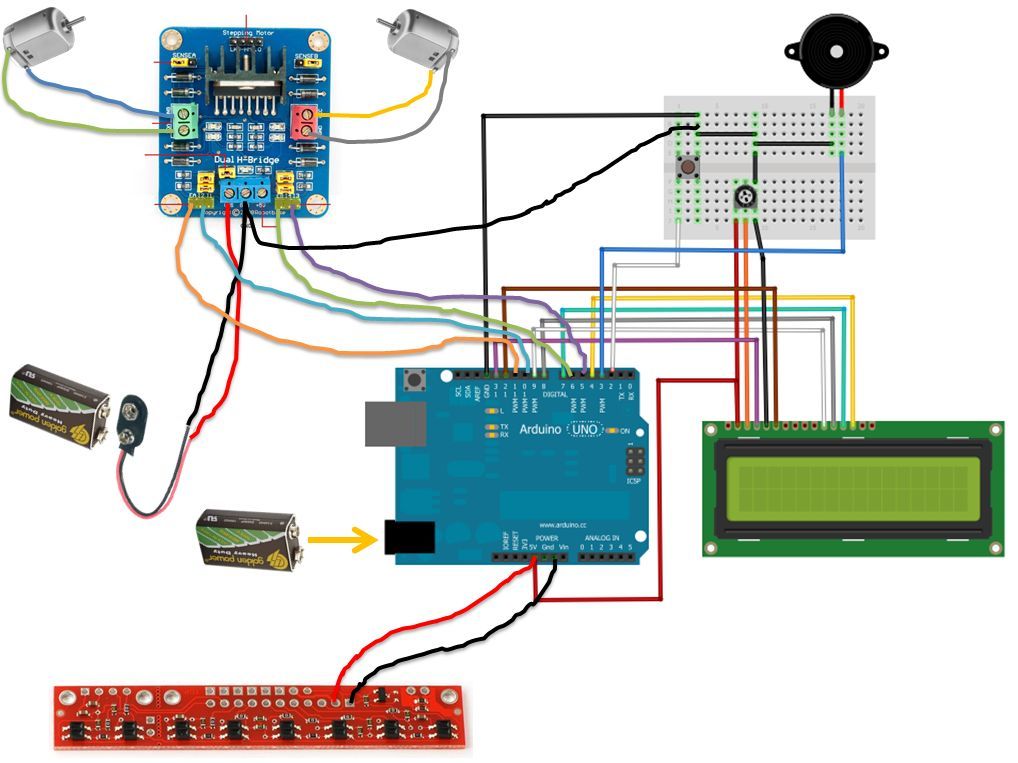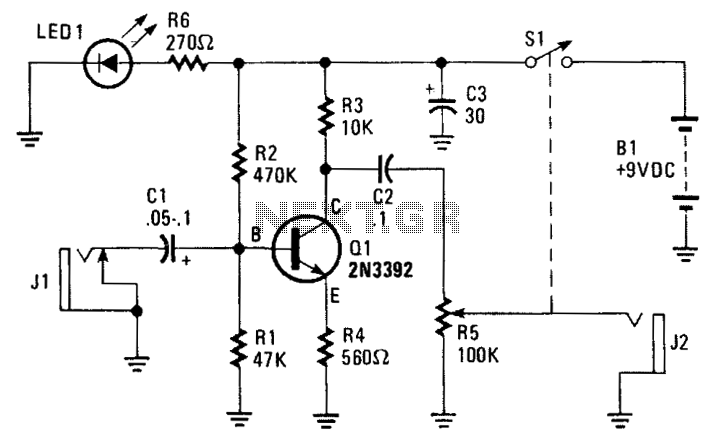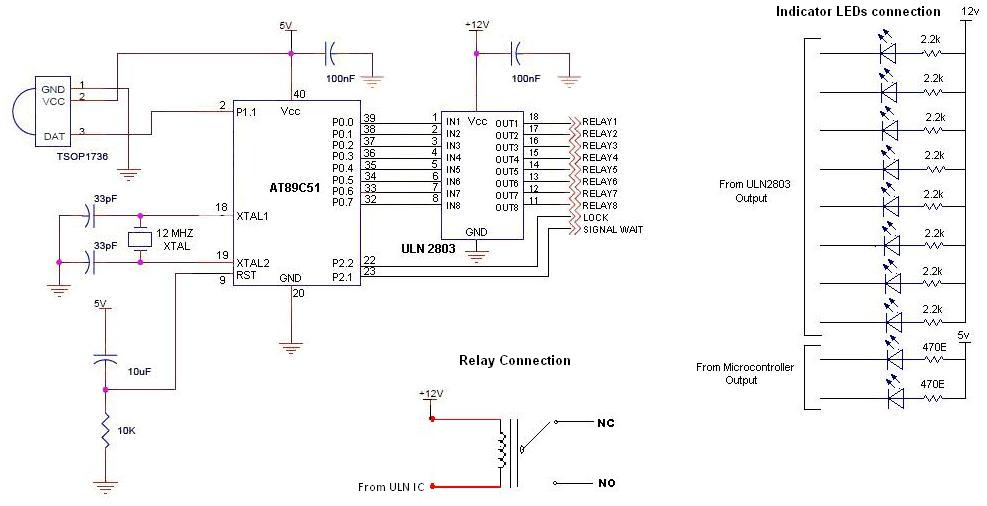
Arduino Audio Triggered Power Switch
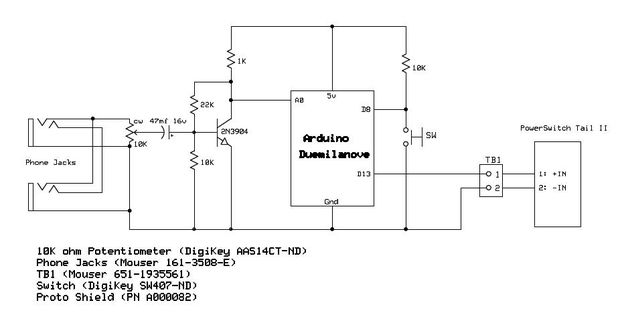
Have you ever wanted your home entertainment or sound system to power on automatically when plugging in your iPod or another portable MP3 player?
To achieve automatic power activation of a home entertainment system when a portable device is connected, a circuit can be designed that utilizes a combination of a relay and a microcontroller. The microcontroller can be programmed to detect the presence of voltage from the portable device, such as an iPod or MP3 player, when it is plugged in.
The circuit would typically include the following components:
1. **Power Supply**: A regulated power supply to power the microcontroller and other components.
2. **Microcontroller**: A small microcontroller (e.g., Arduino, PIC, or AVR) that monitors the input voltage from the audio device.
3. **Relay Module**: A relay capable of handling the power requirements of the home entertainment system. This relay will be used to switch the power on or off.
4. **Input Connection**: A 3.5mm audio jack or USB connection for the portable device, which will also provide a voltage signal to the microcontroller when the device is connected.
5. **Output Connection**: The relay will be connected to the power line of the home entertainment system, allowing it to control the power state.
The operation of the circuit is as follows: When the portable device is plugged into the input connection, it sends a voltage signal to the microcontroller. The microcontroller, programmed to recognize this signal, activates the relay. Once the relay is activated, it closes the circuit, allowing power to flow to the home entertainment system, thereby turning it on.
In addition, the circuit can be designed to include a delay feature, ensuring that the system does not turn on immediately upon connection, which can prevent potential power surges or damage to the equipment. This can be accomplished by programming the microcontroller to wait a few seconds after detecting the voltage before activating the relay.
This type of circuit can enhance convenience for users, allowing for a seamless integration of portable devices into a home entertainment setup.Ever wanted your home entertainment or sound system to power up itself when plugging in your iPod or other portable MP3 player? Watch this video to s.. 🔗 External reference
To achieve automatic power activation of a home entertainment system when a portable device is connected, a circuit can be designed that utilizes a combination of a relay and a microcontroller. The microcontroller can be programmed to detect the presence of voltage from the portable device, such as an iPod or MP3 player, when it is plugged in.
The circuit would typically include the following components:
1. **Power Supply**: A regulated power supply to power the microcontroller and other components.
2. **Microcontroller**: A small microcontroller (e.g., Arduino, PIC, or AVR) that monitors the input voltage from the audio device.
3. **Relay Module**: A relay capable of handling the power requirements of the home entertainment system. This relay will be used to switch the power on or off.
4. **Input Connection**: A 3.5mm audio jack or USB connection for the portable device, which will also provide a voltage signal to the microcontroller when the device is connected.
5. **Output Connection**: The relay will be connected to the power line of the home entertainment system, allowing it to control the power state.
The operation of the circuit is as follows: When the portable device is plugged into the input connection, it sends a voltage signal to the microcontroller. The microcontroller, programmed to recognize this signal, activates the relay. Once the relay is activated, it closes the circuit, allowing power to flow to the home entertainment system, thereby turning it on.
In addition, the circuit can be designed to include a delay feature, ensuring that the system does not turn on immediately upon connection, which can prevent potential power surges or damage to the equipment. This can be accomplished by programming the microcontroller to wait a few seconds after detecting the voltage before activating the relay.
This type of circuit can enhance convenience for users, allowing for a seamless integration of portable devices into a home entertainment setup.Ever wanted your home entertainment or sound system to power up itself when plugging in your iPod or other portable MP3 player? Watch this video to s.. 🔗 External reference
Warning: include(partials/cookie-banner.php): Failed to open stream: Permission denied in /var/www/html/nextgr/view-circuit.php on line 713
Warning: include(): Failed opening 'partials/cookie-banner.php' for inclusion (include_path='.:/usr/share/php') in /var/www/html/nextgr/view-circuit.php on line 713
